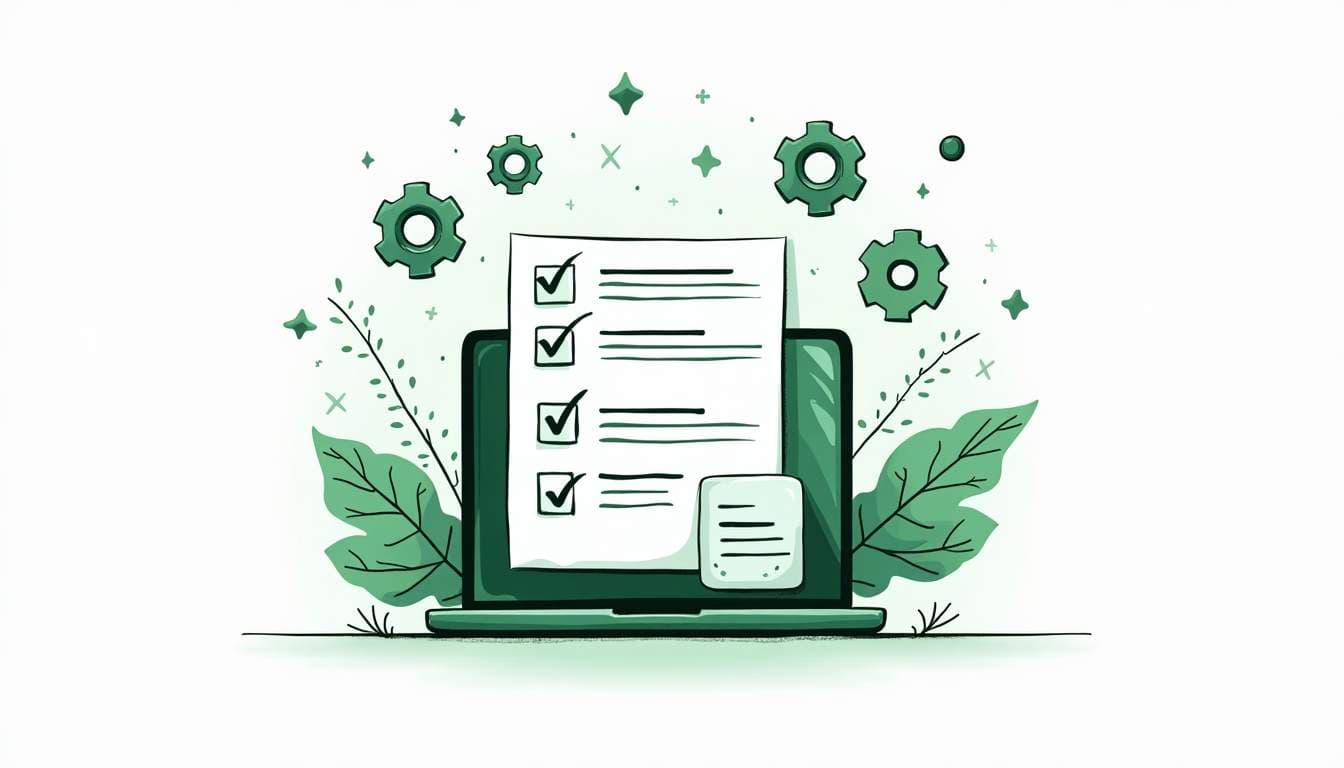Landing an interview often hinges on one crucial step: getting your resume past the Applicant Tracking System (ATS). With over 95% of Fortune 500 companies using ATS software like Workday, Greenhouse, or Lever to scan and sort resumes automatically, understanding how to create an ATS-friendly resume is no longer optional-it’s essential.
Why ATS Compatibility Matters More Than Ever
Imagine spending hours crafting the perfect resume, only for it to never be seen by a human recruiter. That’s the reality for many job seekers, as studies show that 75% of resumes never reach human eyes due to ATS failures. These systems scan resumes for keywords, formatting, and structure to determine if a candidate is worth considering. The stakes are high, as a single misstep in formatting or keyword usage can result in an otherwise qualified candidate being overlooked. This underscores the importance of understanding how ATS works and tailoring your resume accordingly.
ATS-friendly resumes are designed specifically to be read and parsed accurately by these systems. According to experts, such resumes are formatted and structured to ensure the software can evaluate them correctly, increasing the chances of moving forward in the hiring process. Using standard fonts, avoiding complex layouts, and incorporating relevant keywords from the job description are just a few strategies that can significantly enhance your resume's compatibility with ATS. Furthermore, the rise of remote work has intensified competition, making it even more crucial to ensure your resume stands out in the digital crowd.
How AI is Changing the Game
Recent developments have introduced AI-optimized resumes, which have been shown to increase ATS pass rates by 27% compared to manually formatted resumes. This leap is largely due to the ability of AI tools to tailor resumes with precise keywords and formatting that align with ATS algorithms. These tools analyze job postings and suggest modifications to your resume, ensuring that it not only meets ATS criteria but also resonates with hiring managers. As a result, job seekers can save time and increase their chances of landing interviews by leveraging these advanced technologies.
Additionally, large language models (LLMs) have demonstrated remarkable accuracy in resume classification, achieving a top-1 accuracy of 92% and a top-5 accuracy of 97.5%. This means AI-driven resume builders can not only help you pass ATS filters but also optimize your resume’s content to match job descriptions more effectively. By analyzing vast amounts of data from successful resumes, these AI systems can identify trends and best practices that may not be immediately obvious to job seekers. This capability allows candidates to present their qualifications in a way that is both appealing to ATS and engaging for human recruiters, ultimately bridging the gap between technology and personal touch in the hiring process.
What to Look for in an ATS-Friendly Resume Builder
Choosing the right resume builder can be overwhelming with so many options available. However, certain features distinguish the best ATS-friendly tools from the rest:
- ATS Compatibility Testing: The resume builder should test your resume’s compatibility with multiple ATS platforms, ensuring it passes common filters.
- Keyword Optimization: Tools that suggest or automatically integrate relevant keywords based on job descriptions can boost your chances.
- Simple, Clean Formatting: Avoiding complex layouts, graphics, or fonts that ATS software can’t read is crucial.
- Integration with Job Sites: Some builders allow direct submission to career sites or provide export options tailored for ATS.
ResumeGenius Pro, for example, scored an impressive 98% ATS compatibility across 12 major systems, including Workday, Greenhouse, and iCIMS. This kind of performance highlights the importance of selecting a builder tested against real-world ATS environments.
In addition to these essential features, it's also beneficial to consider user experience. A user-friendly interface can significantly enhance your resume-building process, allowing you to focus on crafting compelling content rather than wrestling with complicated software. Look for tools that offer intuitive navigation, drag-and-drop functionality, and helpful tutorials or customer support to guide you through the process. Furthermore, many modern builders now incorporate AI-driven insights, which can analyze your existing resume and provide tailored suggestions to improve its effectiveness.
Another important aspect to consider is the availability of customizable templates that cater to various industries and job levels. A good ATS-friendly resume builder should offer a range of designs that maintain professionalism while allowing you to showcase your unique personality and qualifications. This balance is crucial, as a well-structured resume not only helps you get past the ATS but also makes a positive impression on hiring managers once it reaches their hands.




